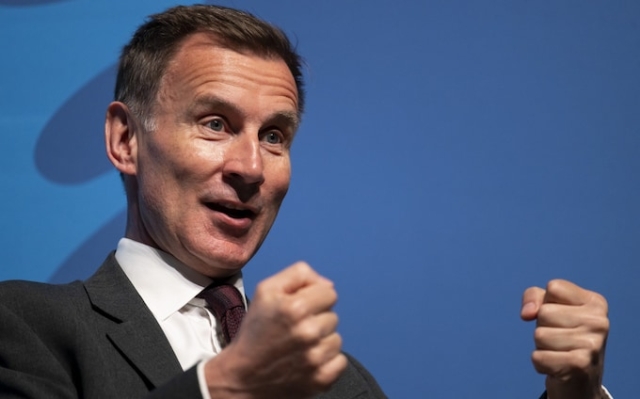 Chancellor Jeremy Hunt has made appealing to over 50 retirements a key part of his spring budget. Photo: Matthew Horwood/Getty Images Europe
Chancellor Jeremy Hunt has made appealing to over 50 retirements a key part of his spring budget. Photo: Matthew Horwood/Getty Images Europe
Nearly 100,000 early retirees have returned to work as the cost of living crisis is forcing many to reconsider how much money they need to live comfortably.
The number of retirees under the age of 64 years reduced by 93,000 The Office for National Statistics (ONS) said there are 12 months left until March.
Just over 1 million people of working age are now taking early retirement, according to the ONS, the lowest number since 1994.< /p>
Samuel Tombs, chief economist at Pantheon Macroeconomics in the UK, said the numbers show a «complete reversal» of the rise in early retirement seen during the pandemic.
Stephen Lowe, pensions specialist at Just Group, said the shift was likely driven by inflation as rising bills and spending forced people back to work.
Mr. Lowe said: «The cost of living crisis could force people back to work to supplement their income and retirement.»
The trend of avoiding early retirement, which observers have called the «great retirement,» Gaining momentum: 38,000 people returned to work between January and March, compared to 15,000 between October and December last year.
The numbers will be welcomed by Chancellor Jeremy Hunt, who made efforts in March to bring back early-retirement employees, a key part of his budget. The data released on Tuesday only covers the period until the end of March, and it is too early to assess the response to the measures outlined in its spring budget.
ONS data shows that in addition to early retirement people, tens of thousands of other economically inactive people have also been looking for work in recent months.
By the end of March, 63,000 people had rejoined the workforce. The economically inactive are those who are not working due to illness, retirement, study or home care responsibilities.
Mr Tombs said the change was a response to the cost of living crisis and, likely to continue.
He said: «We expect these trends to continue in the coming months, with the number of people dropping out of the labor force due to young children also decreasing next year when the government increases funding child care».
Despite a recent drop, the number of economically inactive people is still 360,000 more than before the pandemic, at 8.73 million.
The effects of the pandemic and the strain on the National Health Service continue to weigh heavily on the economy. . The number of people who lost their jobs due to long-term illness rose by 235,000 year-on-year to a new record high.
Between January and March of this year, 2.55 million people lost their jobs because they were classified as chronically ill. Nearly half a million people are battling disease compared to before the pandemic.
Chris Thomas, head of the Health and Prosperity Commission at the Public Policy Research Institute, said: “Long-term illnesses are deadly. undermining our economy and limiting people's ability to live long, happy and prosperous lives.”
ONS data also shows that more than half a million workdays were lost in March due to strikes, even as public sector wages rose at the fastest rate in 20 years.
556,000 workdays were lost due to industrial actions in March, up from 332,000 in February, as junior doctors, nurses, civil servants and transport workers came out to protest wages.
Public sector wages rose by 5, 6% between January and March. It was the biggest jump in almost 20 years. In the private sector, the average regular wage rose by 7%.
However, neither increase was enough to offset the hit of double-digit inflation. In real terms, average total wages fell by 3%, while regular wages fell by 2%.
ONS director of economic statistics Darren Morgan said: “Despite continued wage growth, the average earnings of people continues to outpace price increases.”
Unemployment rose to 3.9%, up 0.1 percentage points from February and slightly above the city's consensus of 3.8%.
























































Свежие комментарии